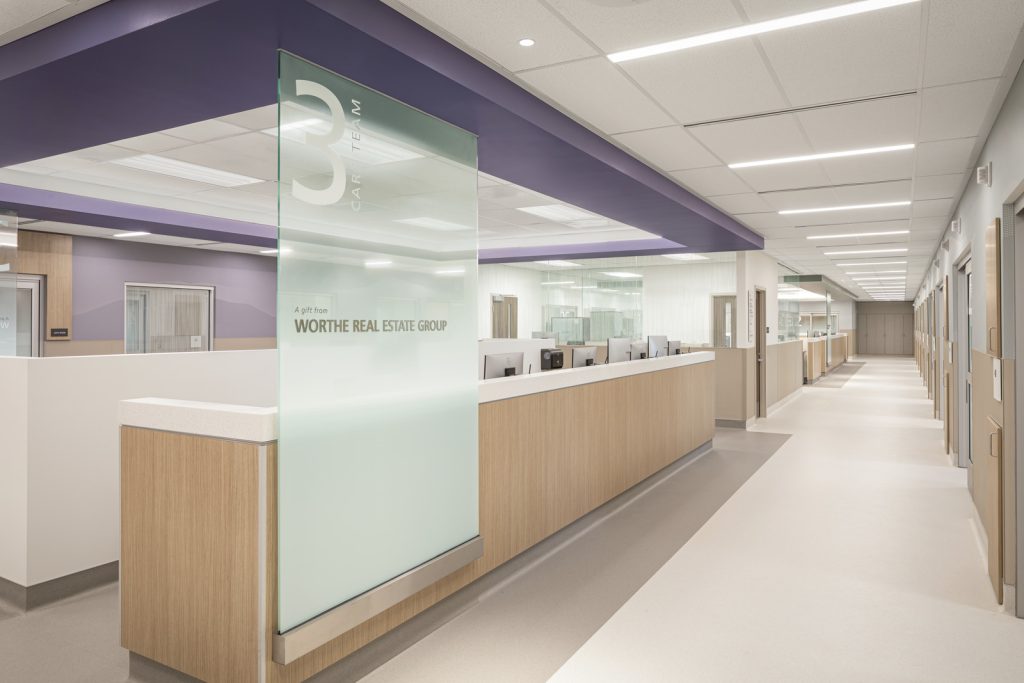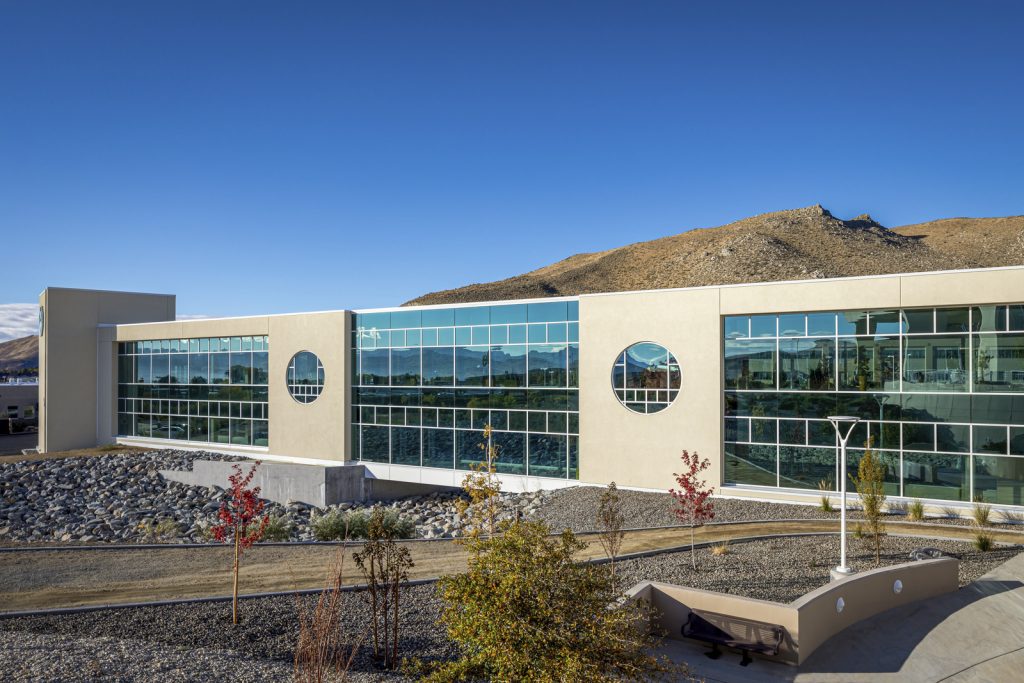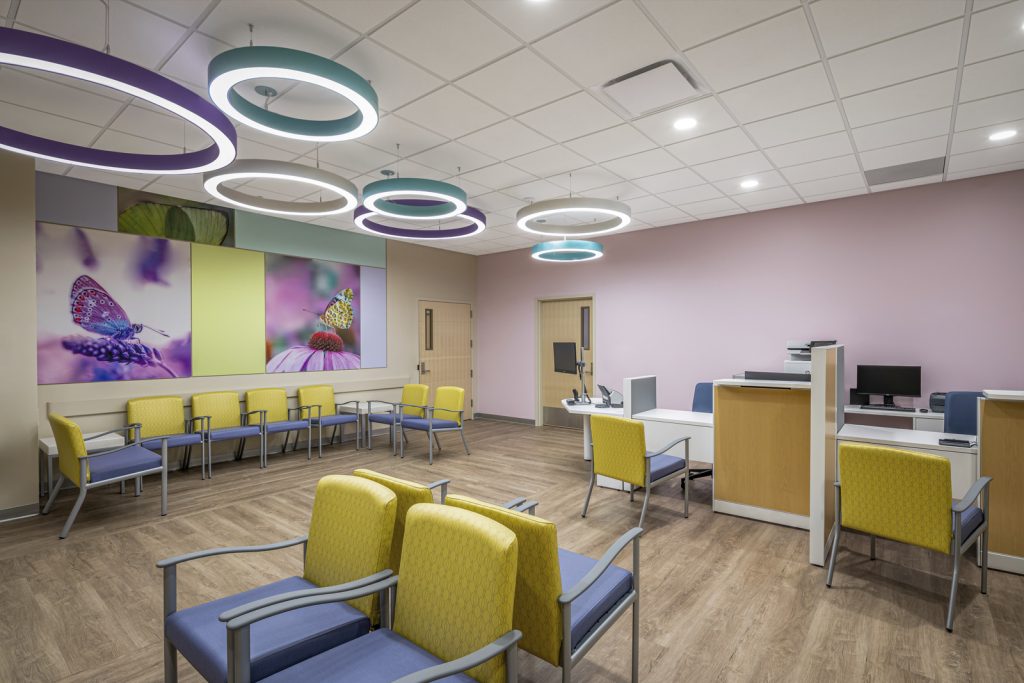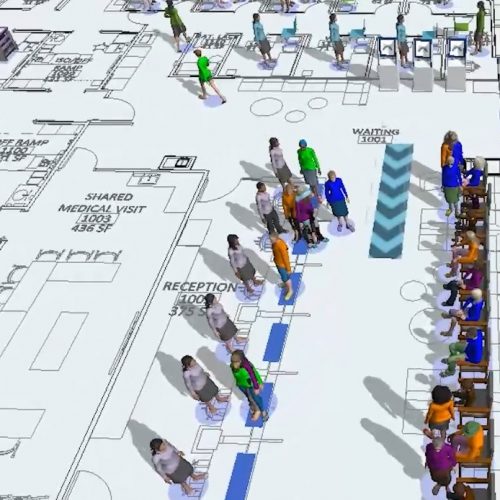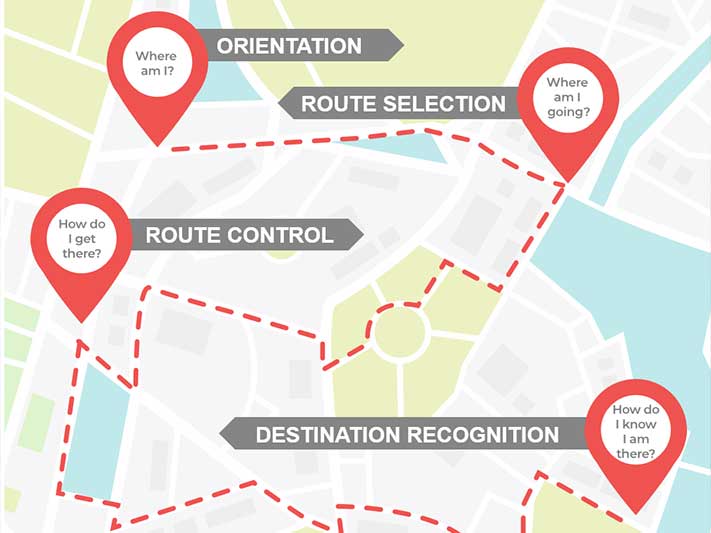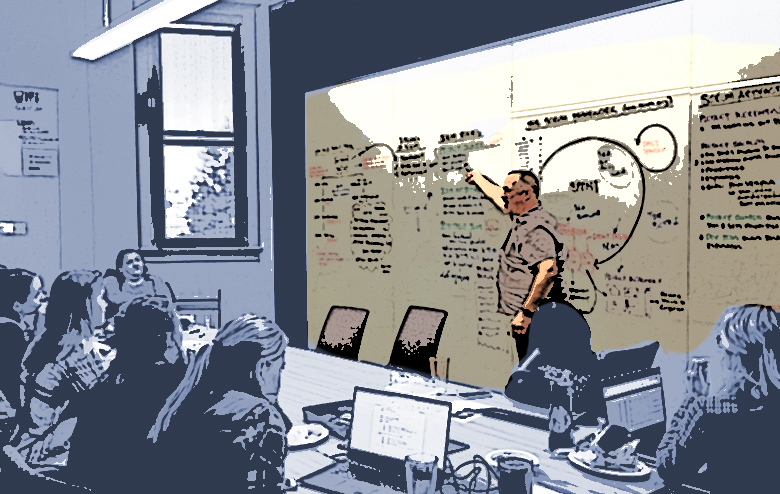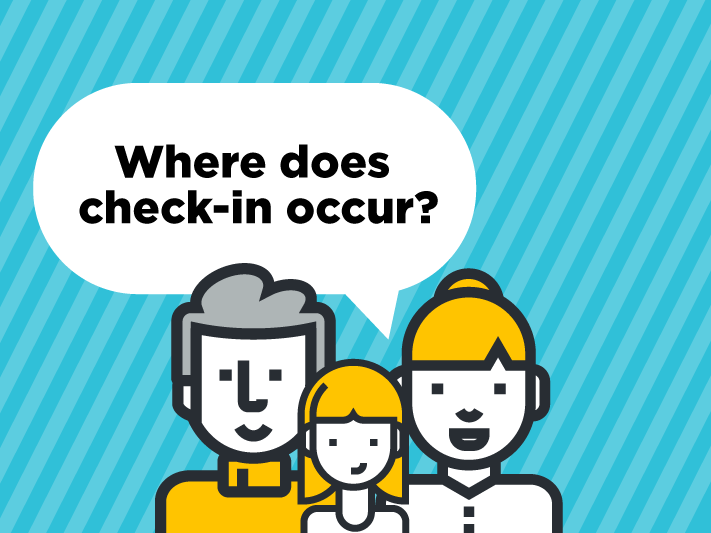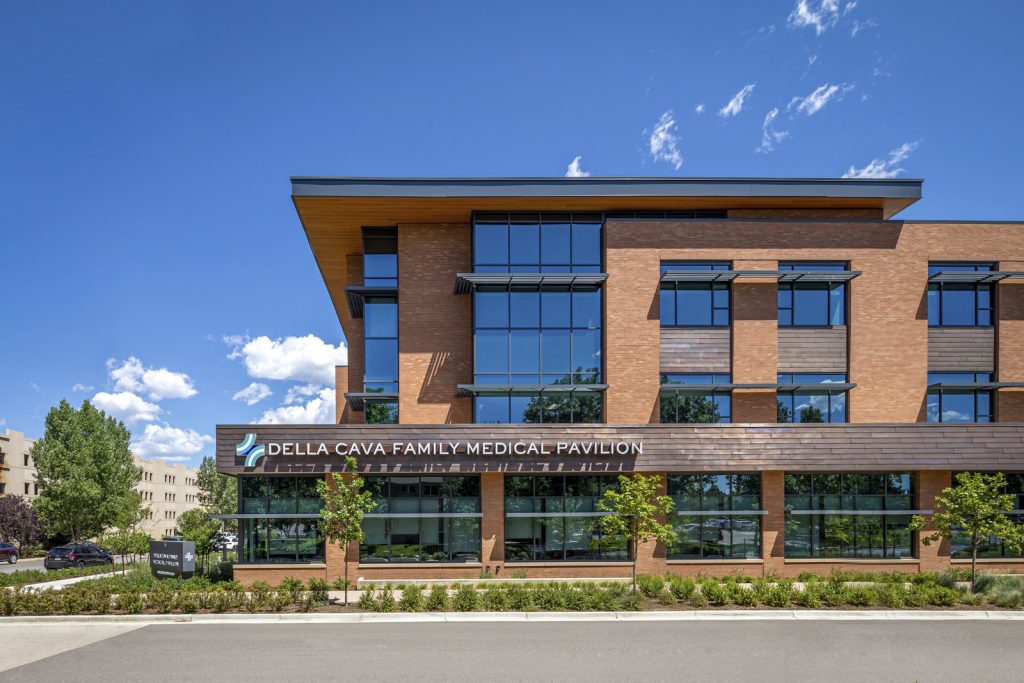Optimizing Imaging Patient Flow and Experience at a Pediatric Hospital
Denver, CO
The Challenge
With the addition of an expanded Interventional Radiology service line and department, existing diagnostic imaging services (x-ray, ultrasound, and fluoroscopy) were moved to a new space in the hospital. This new space is located on the other side of a large, four-story, heavily trafficked atrium. This presented a wayfinding and check-in dilemma for Imaging patients, most of whom were novel users: Where do I check-in? Where is my appointment/how do I know which location to go to? If I have one study in each location, how do I find my way from one space to the other? For staff, how can efficiency be improved given that they already spend more than 1 hour/shift walking for patient transport?
The Response
We aimed to optimize the process first by working with stakeholders to identify their ideal patient arrival, check-in, and transfer process scenarios. We committed to creating the physical elements to support their process, once defined. To do this, we:
- Hosted a process mapping workshop to capture the current and ideal state.
- Invited all stakeholders to take part in a workshop which included representatives across disparate services: patient transport, coding and billing, technology, child life, admissions – in addition to the various imaging specialties.
Through simulation studies, we explored every permutation for patient arrival, check-in, and transfer scenarios. We utilized patient personas to capture the types of challenges which would trigger a change in the process. We calculated things like patient distance traveled, staff distance traveled, hand-offs, discrete spaces (the higher the number of spaces someone passes through, the less likely they will be able to find their destination). Scenario testing helped the team arrive at an ideal state more quickly and with more certainty.
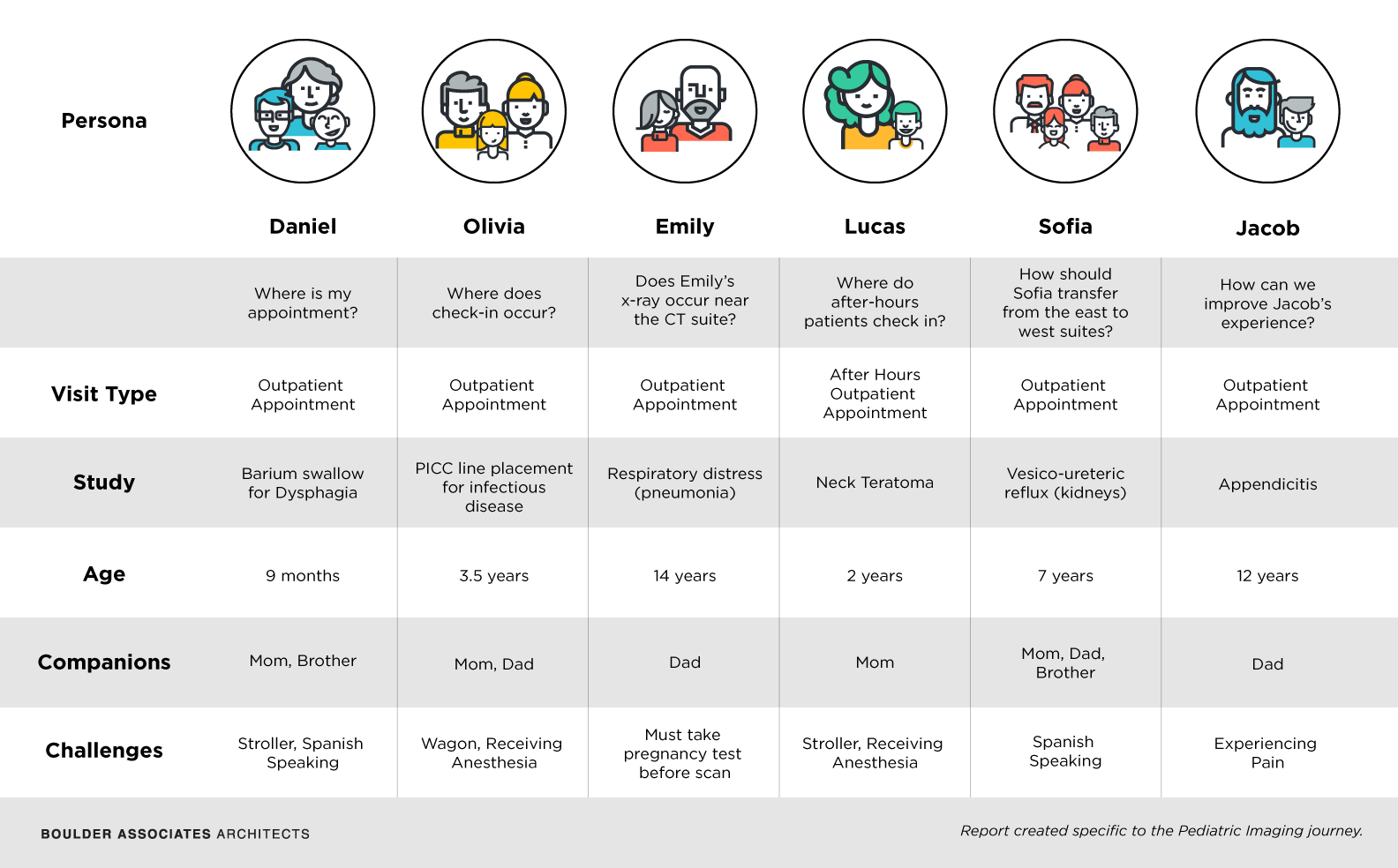
The Outcome
- Process improvements resulted in a 23% reduction in patient processes, a 23% reduction in staff processes, a 14% reduction in patient travel distance for diagnostic imaging, and 1 less patient handoff.
- Staff travel distances increased; however, all agreed that staff escorted patient transfers were a big patient satisfier. Thus, the client placed more value on the staff time spent with the patient than potential savings on travel time.
- The client saved wayfinding design fees.
- A large organization pulled all the right stakeholders into the same room to arrive at a decision.
